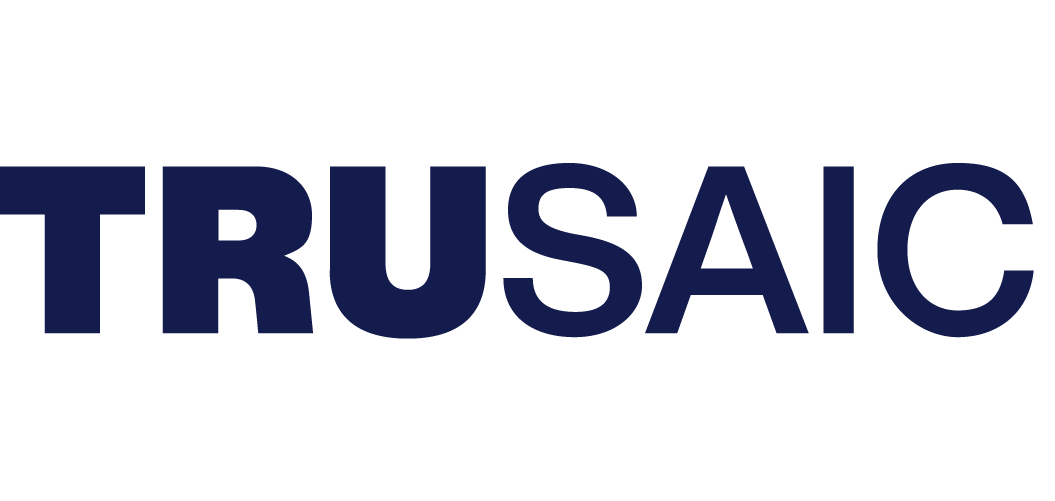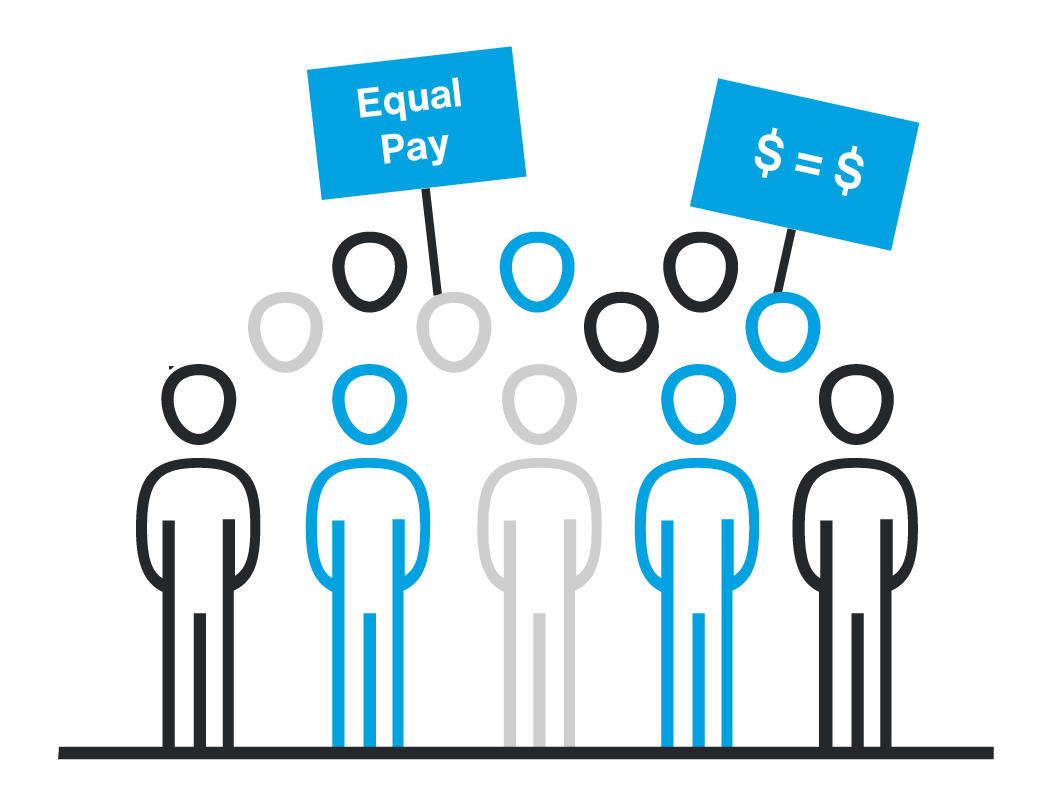
![]()
Companies are opting to be proactive regarding pay disparities to ensure they thrive, avoid liabilities and bad PR, and continue to recruit the best talent. In opting to conduct an equal pay audit, companies may choose to engage outside vendors with expertise in pay equity legislation and regulations, clean data, and powerful software. An added benefit is avoiding conflicts of interest that may arise if completing an audit internally. For example, the idea of “confirmation bias” can enter into internal audits where data is interpreted to support a pre-determined conclusion.
Not all vendors are the same, however. Even though third party auditors may have compliance expertise, obtaining, cleaning, and interpreting data can be challenging for many reasons. This was the impetus for asking a group of business experts in diversity and inclusion, human resources, and the law to discuss how important clean, accurate data is for their organizations. Additionally, I inquired about the impact that accumulating dirty data has on a pay equity analysis. Finally, I requested solutions to these challenges so that we could learn from each other.
Gathering the Data
For the most part, experts agree that data gathering difficulties stem from bad, immeasurable data. I agree with Charles Hughes, Technology Services Vice President, that “inaccurate data may lead us to believe there is a problem where one does not exist, or may mask a real problem. Tremendous amounts of resources can be wasted on bad data.” It may seem obvious that the correct data needs to be gathered and analyzed; however, we must ask the correct question to get proper data. For example, if you want to examine the pay difference between men and women in a certain department or line of business, you wouldn’t look at all pay data the same, right? You must separate the data based on filters such as job title or responsibilities to get the most accurate result based on the question being asked.
Melissa Shaw, Senior Technical Talent Acquisition Specialist at Orion Global Talent, reminds us that understanding where our data comes from is important in the data gathering step of the audit process. She said, “most companies have a data collection system within their payroll system…software needs to be regularly updated and is liable to human input error…it should be checked thoroughly.” The bottom line: know where your data is coming from and that it is grouped according to the questions you want to answer.
Best Practices/Solutions to Dirty Data
The solutions discussed by the experts were varied, but originate from the idea that the best solutions focus on continuous improvement and a detailed approach. Spending the time upfront to ensure the model design is sound will also help in the long run. Brian Chossek, CEO at Impact 7 Generations said, “if you really want to create equity and fairness and avoid the Capuchin monkey conundrum around equity, the right design upfront to eliminate bias is crucial!”
Setting clear parameters and checkpoints throughout the data analysis process are ways to eliminate bad data collection. Specifically, Khalid Raza (Talent Acquisition Lead) said, “establish checks to see data authenticity and accuracy at the input stage.”
Another very important thing to keep in mind is time. Monitoring data over time year after year to compare will lessen pay equity data challenges. Some third-party organizations will clean and validate disparate dirty data as a part of their pay equity solutions.



